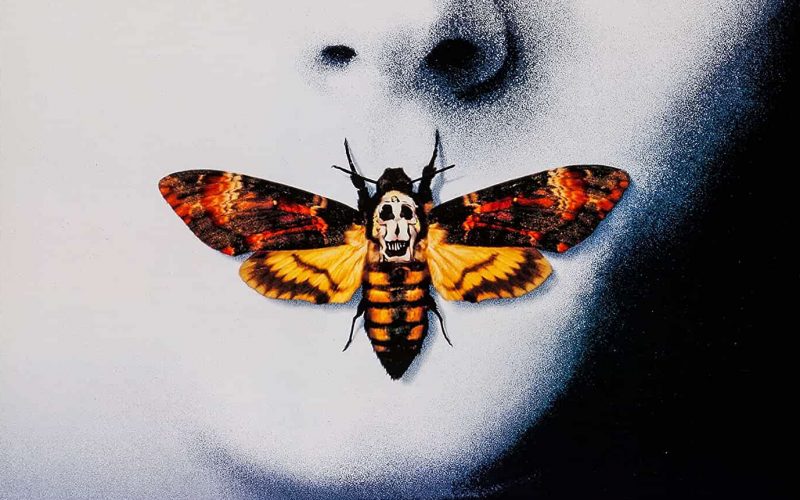The Silence of the Lambs (1991).
When people discuss their favourite horror movies, the same films are often guaranteed to come up – Halloween, The Exorcist, A Nightmare on Elm Street, The Texas Chain Saw Massacre etc. These are amongst the pantheon of horror moviemaking, mainly because apart from the fact they are all extremely well made, they also hold high the banners of horror, wearing the badge proudly on their chests. These are the films we know we can go to when we want a well-constructed scare, and they are also the films that other people can easily relate to when discussing horror. In made ways, they are safe horrors because they don’t challenge our understanding of the genre. But there are many horror films that people know and love, simply because they don’t think of them as horror. One of those films is The Silence of the Lambs.
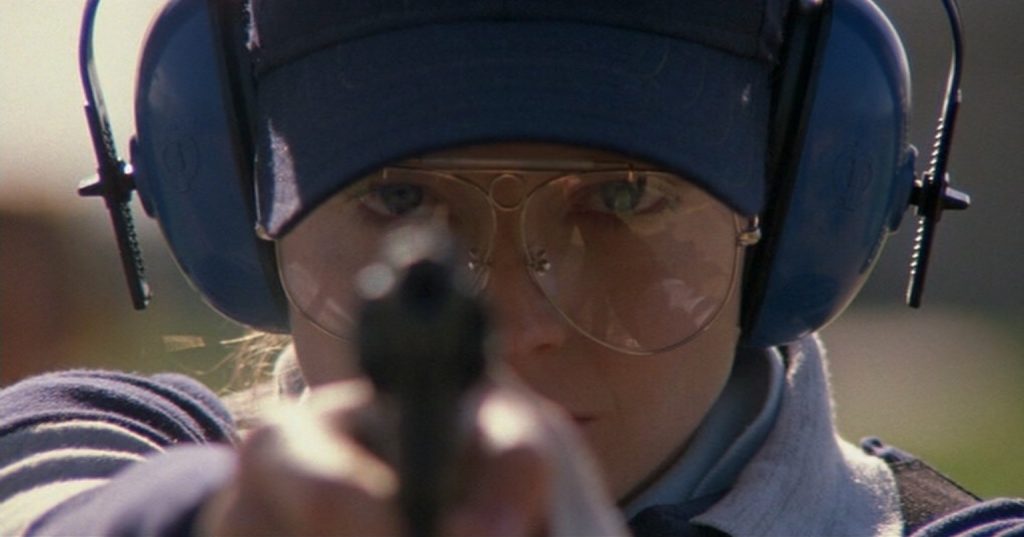
It tells the story about a hunt for a serial killer – Buffalo Bill, so named because he ‘Skins his victims’ – led by the head of the FBI’s Behavorial Science Unit, Jack Crawford (Scott Glenn). It is in some respects a police procedural, following the clues in often painstakingly gruesome detail. Like a crime scene investigator, the camera seldom flinches when confronted with murder most foul.
But The Silence Of The Lambs does not follow the traditional one clue at a time trope. Instead, the main character, the young and ambitious Clarice Starling, is sent by Crawford to a high security prison to interview the notorious serial killer, Hannibal ‘The Cannibal’ Lecter. Lecter is not an ordinary serial killer. He’s a highly intellectual academic who became famous for not just killing his victims, but eating them too. The difference between the young investigator and the mad doctor is stark; however, they soon develop a strange and disturbing bond. They do it by playing a game of Quid Pro Quo, Starling revealing information about herself so that Lecter can psychoanalyse her, and in exchange, he gives her cryptic clues to help track the killer. Although Starling is side-lined in the official investigation (which follows the usual investigative pattern) she follows the clues she has been given, taking the investigation on a very different path.
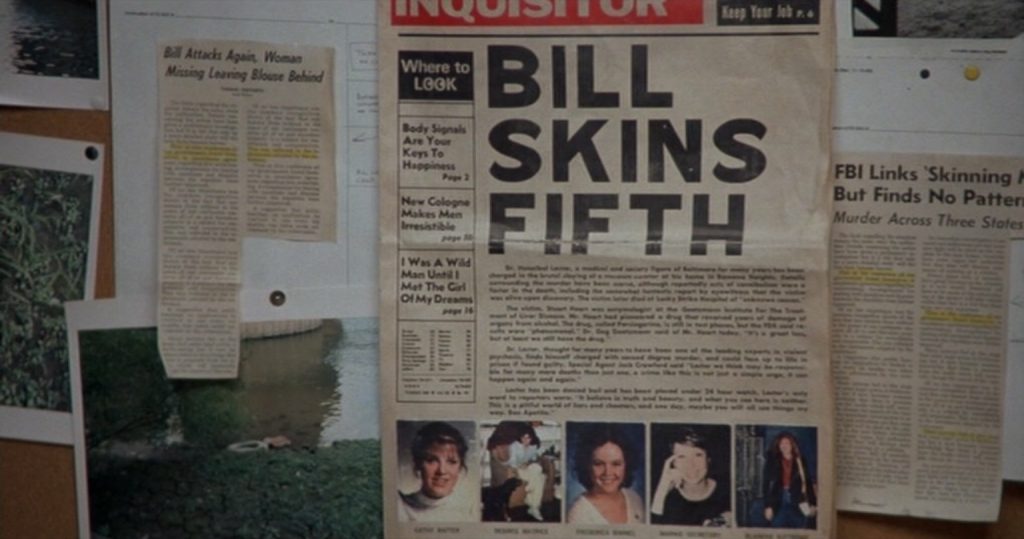
On the surface, this does seem like a standard ‘90s thriller, trying with varying success to combine police procedural themes with suspense and thrills. This was a common and well-trodden genre in the ‘90s. Some, like Seven, Sea of Love and Basic Instinct were very good – and in some cases, truly great – others were not so good, but The Silence Of The Lambs sits on a very distinguished pedestal.
Firstly, we have a very intelligent script by Ted Tally, from a novel by Thomas Harris. It’s a script which doesn’t back off from what is difficult subject matter, and focuses on characters who are smart, focused and driven. It’s also a script that doesn’t feel the urge to overexplain everything to the audience; it expects the audience to keep up, even when it is pulling the rug from under them, and when there are moments of tension and surprised revelation towards the end, we accept it without question. By this time, the film has won our confidence and we have suspended our disbelief as required.
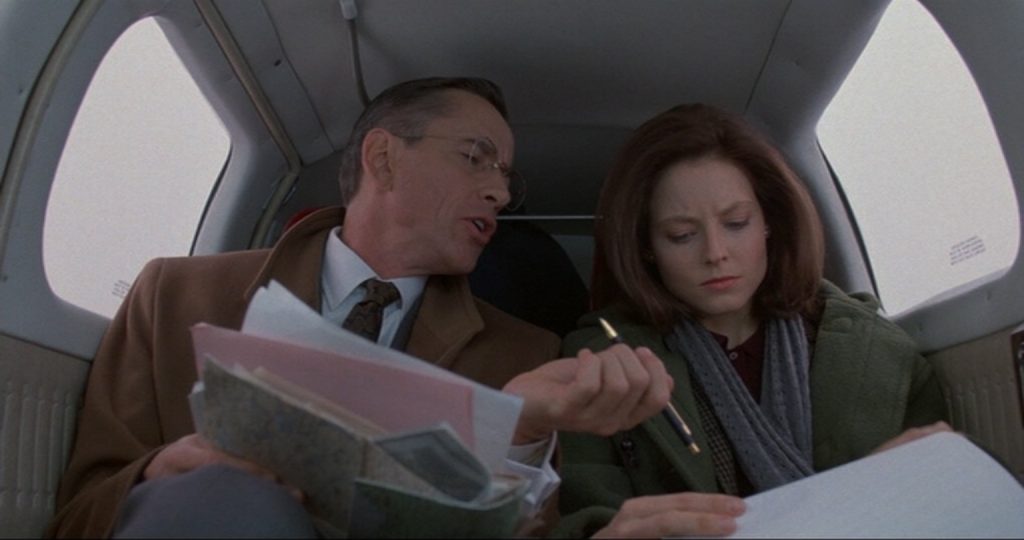
Secondly, Jonathan Demme’s direction is flawless. The camera is fluid, taking us on a journey into the bowels of a mental institute, and those dark places of the human mind. Demme was a fan of the Japanese master Yasujirô Ozu, who used to film conversations between characters with the actors facing directly into the camera. Demme uses this technique to ramp up the tension, concentrating on actor’s faces in extreme close-up. This produces an urgency that is palpable.
Before Demme was attached, the film was originally set to be directed by Gene Hackman, who also was to take on the role of Jack Crawford. This would have been a very interesting, especially given that Hackman – one of the greats of cinema acting – had never directed before.
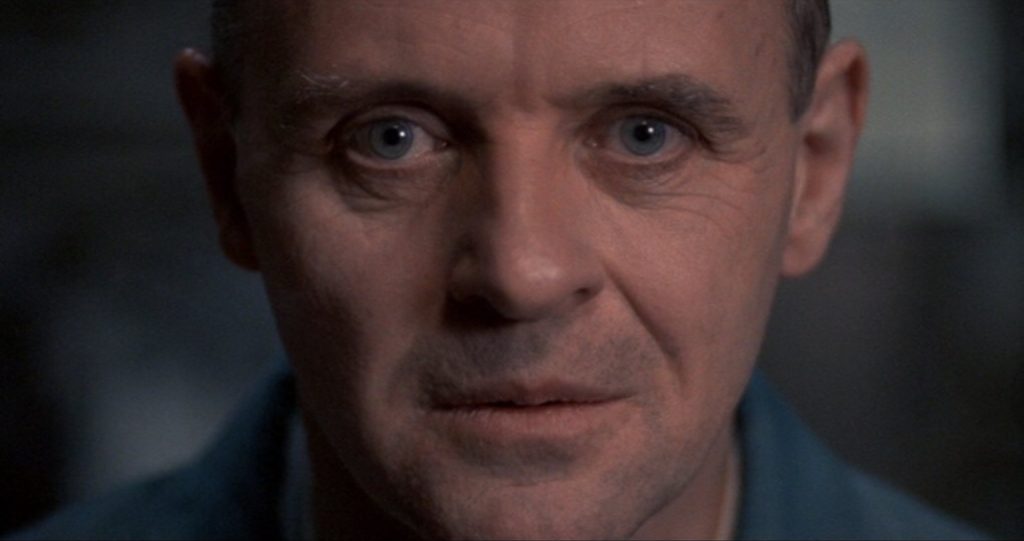
Thirdly, we have the performances and characters. The Silence Of The Lambs was only the third film in history to win all five of the top prizes at the Academy Awards – Best Picture, Director, Script and, of course, Best Actor and Actress.
Hannibal Lecter is played by the great Welsh actor, Anthony Hopkins. Hopkins plays the serial killer as an epicentre of evil, balancing on the very edge of the supernatural. He is totally in control throughout, even when confined to his cell. He manipulates his visitors and fellow inmates, and dismisses attempts to punish him as ‘petty torments’. His movement is minimal, and when he does move, it is with the grace of a conductor leading an orchestra.
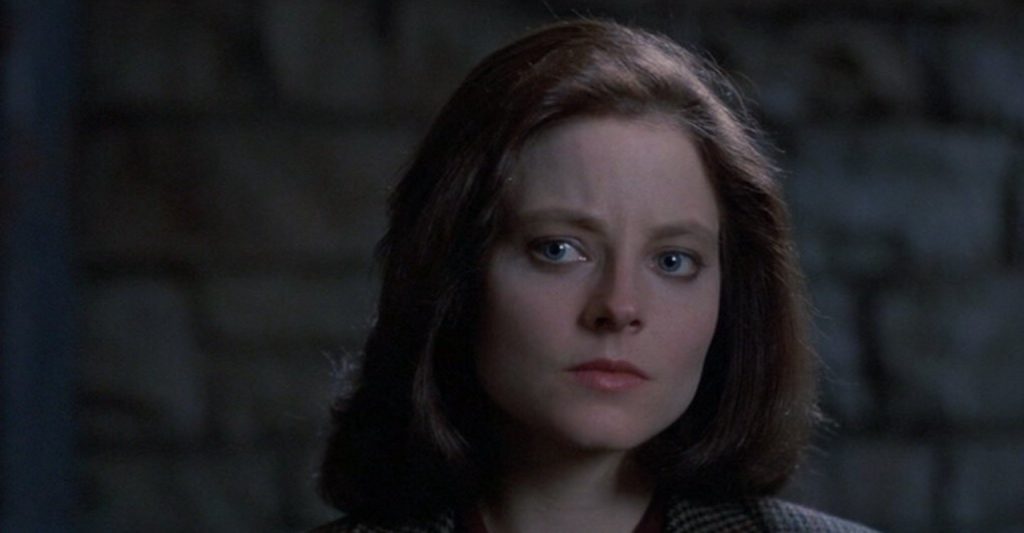
When Bela Lugosi played Dracula, he emphasised his European charm and elegance to seduce women and intrigue men. In the ‘60s Dracula was performed by Christopher Lee, who seduced the audience with his English aristocratic charm which belied his menace and added venom to his kills.
Hopkins’ Lecter was the latest version of Dracula and he drips with charm, politeness and restrained violence. He doesn’t need to hide in shadows, he can beguile you with his manners and his self-assurance, lulling you into a false sense of security. This works even when he’s in a cage and surrounded by armed guards.
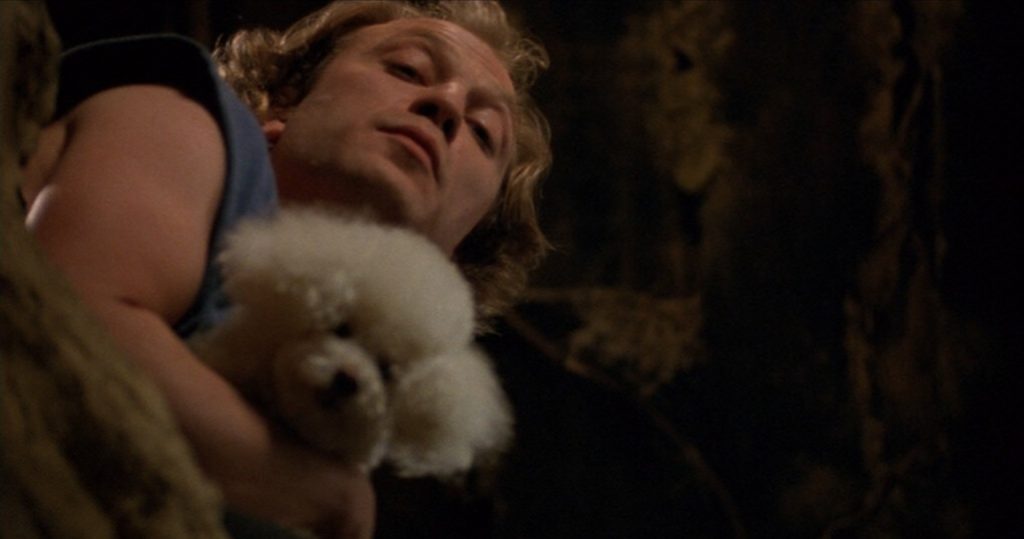
Opposite him, in perhaps the film’s most important role, is Jodie Foster as FBI Trainee, Clarice Starling. Starling is naïve, nervous, intelligent and very capable. It is these contradictions, coupled with Foster’s innate understanding of the character, that really fleshes out Starling.
Although Dr Frederick Chilton (Anthony Heald) sees himself as Lecter’s nemesis, in many ways his role is most frequently as an antagonist to Starling. Whereas Starling is young and determined to prove herself in the combative arena of the FBI’s training facility, Chilton is established whilst also, as he sees it, stuck in a dead-end job. He doesn’t want to prove himself but wantsto gain recognition for what he feels he has already achieved. Starling knows her place and knows she needs to improve, Chilton believes he has achieved everything he needs to, he just needs people to see that. To many, Chilton is the real villain of the piece which sets up a delicious final scene.
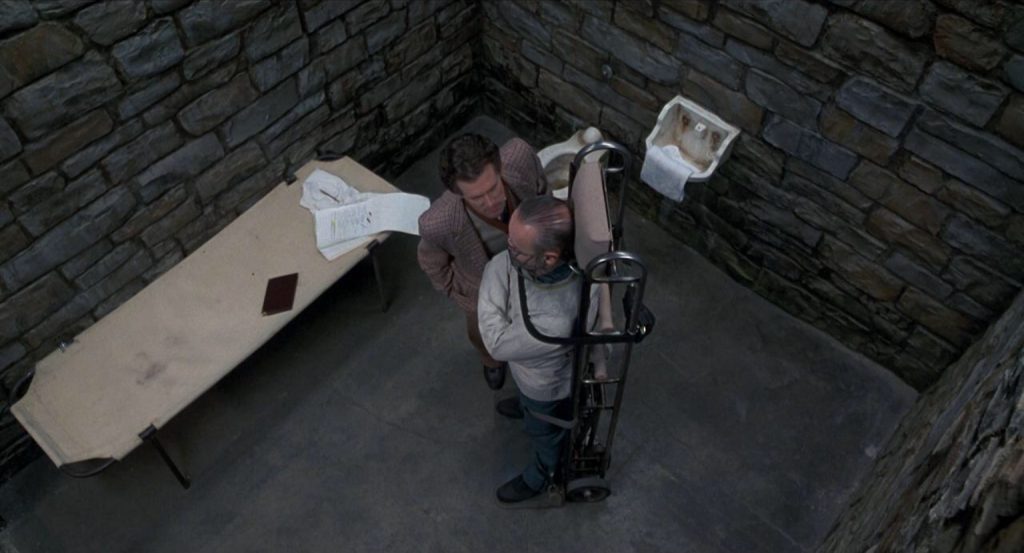
Finally, we have Jaime Gumm (Ted Levine), known to the FBI and the media as Buffalo Bill. This is perhaps the most difficult character to get a grip on, mainly because, despite Levine’s chilling performance, so much of what we know about him is external. We find out about him via the discussions Starling has with Lecter, and with the ever-stoic Jack Crawford. There are also very subtle clues around his house which are easily missed if you aren’t paying attention. We know from Lecter that he has identity issues, that he is looking for a persona, but it’s only towards the end, when Starling is in the house with him, that we realise that this is just one of his possible identities. He is desperately searching for an answer to the question ‘Who Am I? The answer may be a woman, it may be a neo-Nazi (he has Nazi slogans all around his house and his bed is decorated with swastikas). In this respect he is the opposite of Lecter. Lecter has complete self-control and a fully developed personality, even when confined to a dark and windowless cell; whereas as Gumm is a free man who hates himself, lacks any real sense of who he is, and is controlled by choas. Lecter’s cells are pristine and organised, Gumm’s home is a mess, with tables covered with junk, a fridge with a myriad of leaflets covering it, and walls that don’t reach the ceiling. Levine plays Gumm as a monster leaving us to fill in the gaps. This is undoubtedly intentional as we slowly learn more and more about the serial killer as the investigation continues. With Lecter, Gumm and Chilton, monsters abound in The Silence of the Lambs.
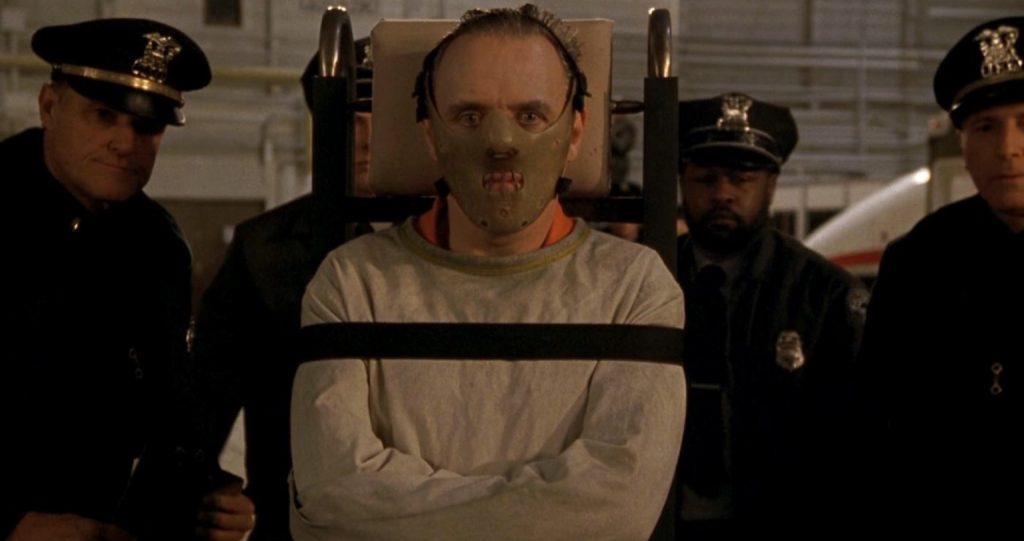
The title refers to a traumatic experience in Starling’s past, an event that still haunts her. The idea that by finding Buffalo Bill, Starling might come to terms with this trauma and may even overcome its effects on her, is purely pop psychology, however we don’t question it simply because we understand that Lecter knows this. He’s willing to use it to get at Starling because she wants it to be true. If things had turned out differently with Lecter remaining in prison and continuing to talk with Starling, you get the feeling he would have eventually used it against her. Despite the impression of some sort of twisted friendship between the psychopath and the FBI agent, there is no way a healthy relationship could ever be maintained between the two. Eventually he would grow bored with her and he would probably end up dismissing her.
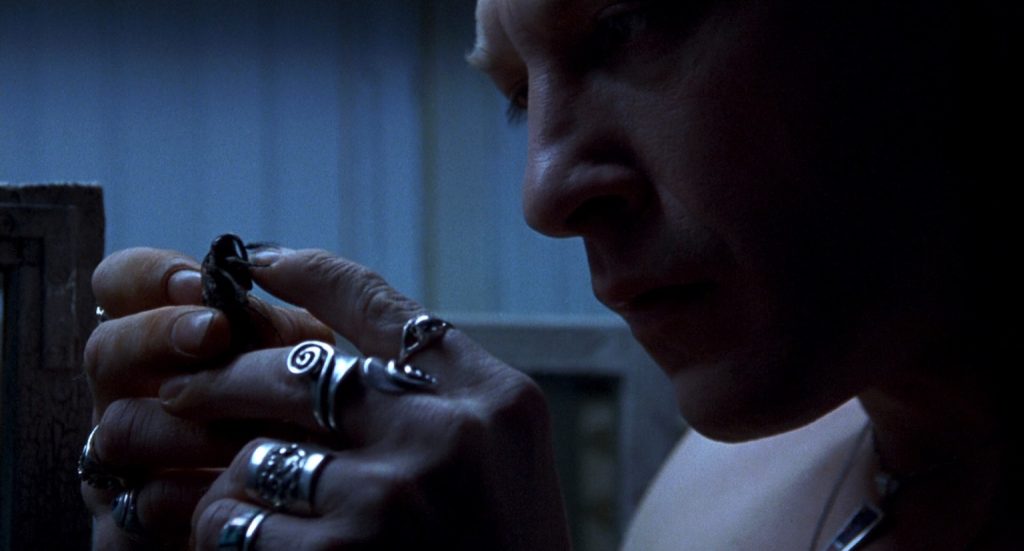
So, is The Silence Of The Lambs a horror? The answer is overwhelmingly yes. In addition to the aforementioned monsters, there is also the overwhelming sense of foreboding. The Silence of the Lambs is beautifully filmed by director Demme and cinematographer Tak Fujimoto who also worked with Demme on Married to the Mob and Beloved. The film has a wonderful autumnal feel to it, and the photography often reflects the characters – think of the contrast between the cold stone walls of Lecter’s prison cell and the classic opulence of the court house he is later housed in. Or the dark, labyrinthine passages of Gumm’s basement.
The Production Design by Kristi Zea, Art Direction by Tim Galvin and Set Decoration by Karen O’Hara all lend the film a creepy gothic vibe that is closer to the Universal Horror series of the ‘30s & ‘40s than it is to reality. Lecter’s cell is in a Victorian dungeon, and he is surrounded by psychopaths not unlike the unfortunate Renfield in Bram Stroker’s classic novel, Dracula.
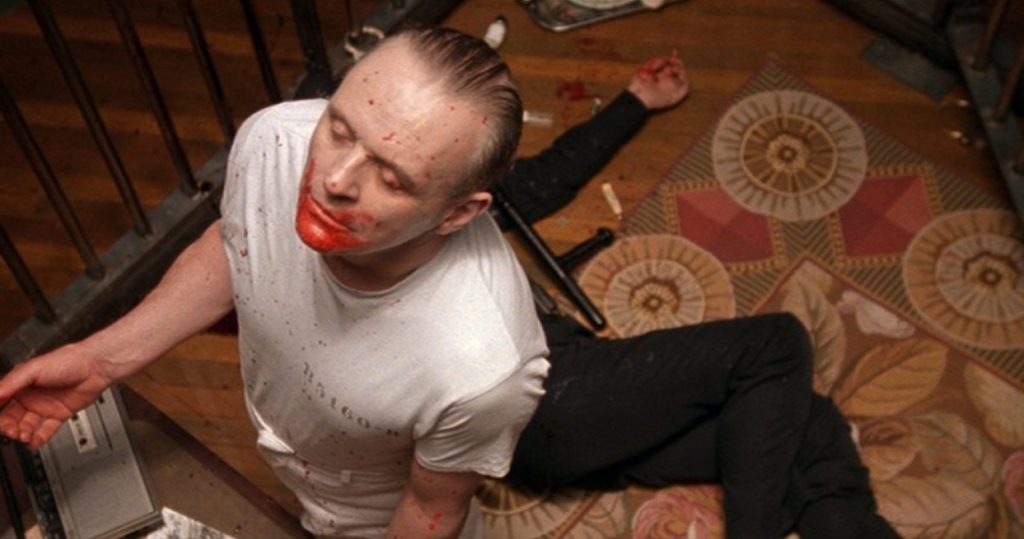
This skirting between psychological thriller and all out horror is what elevates The Silence Of The Lambs beyond the usual ‘90s thriller vibe. It sets the film apart and is one of the reasons it was so widely acclaimed and why it still holds up today. Instead of dipping into the clichés of the thriller, it uses the clichés of horror to great effect.
The fact that it was so massively successful still came as a surprise however. This is especially true of its success at the Academy Awards, as it was not released during the traditional awards period towards the end of the year. Most Academy Award winners are released between October and December so that they are fresh in the minds of the voters. The Silence Of The Lambs however was released on Valentine’s Day 1991 (before even that previous year’s Oscars were announced!). In addition to this, the studio that made it – Orion Pictures – were going through bankruptcy at the time and had to scrape the funding together (approximately $200,000) to mount an Oscar campaign.
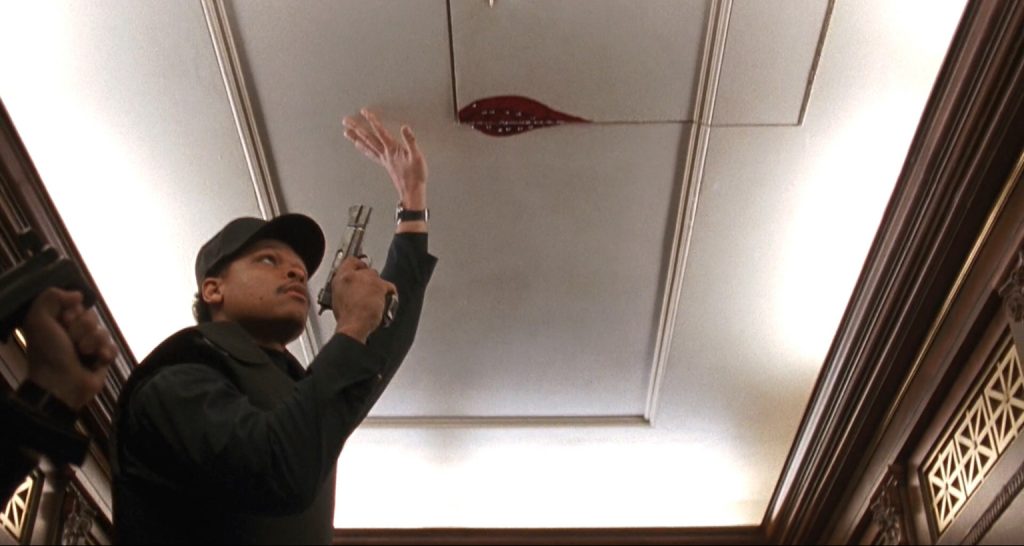
If these obstacles weren’t enough, no horror film had ever won the Best Picture award before. Recently much has been made of The Shape of Water being the first horror film to win Best Picture, however, this is not quite correct. Horror is a wide-ranging genre and I feel the need to sell The Shape of Water as unique was just a marketing ploy which used a subtle redefining of what exactly horror is.
It ended up with seven nominations, winning five. Perhaps the most surprising omission however was the failure to nominate Howard Shore whose sweeping strings and woodwind created a dark and sombre mood. The music seems omnipresent throughout and is a constant companion as Starling delves deeper into the mind of Buffalo Bill. He was however nominated for a BAFTA.
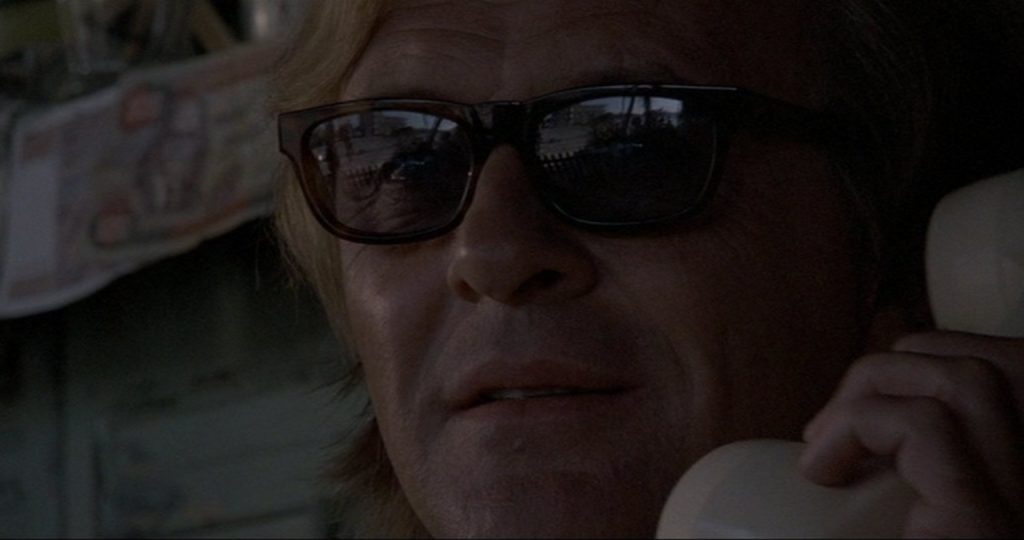
Nowadays times have changed and the major studios are making are fewer horror/thrillers each year, however, the genre is still very much alive with two out of the last three Best Picture winners being dark thrillers. Both The Shape of Water and Parasite are great films, however, The Silence Of The Lambs still stands above them all simply because it has survived the test of time. Classics are not born overnight; they must remain relevant after many years and The Silence Of The Lambs has done that. Going back to it now, it still feels immediate. It hasn’t dated at all, mainly because it never felt contemporary even at the time of its release, but also because it’s still thrilling; there are still elements which push you to the edge of your seat, and there are still many new things to discover about it with every viewing.
If you haven’t seen The Silence Of The Lambs for some time, now is the perfect time to go back to it. If you haven’t seen it, then you are in a privileged position as you get to experience it for the first time, and Dr Hannibal Lecter is waiting to greet you. Just don’t test him.
Film ‘89 Verdict – 10/10

